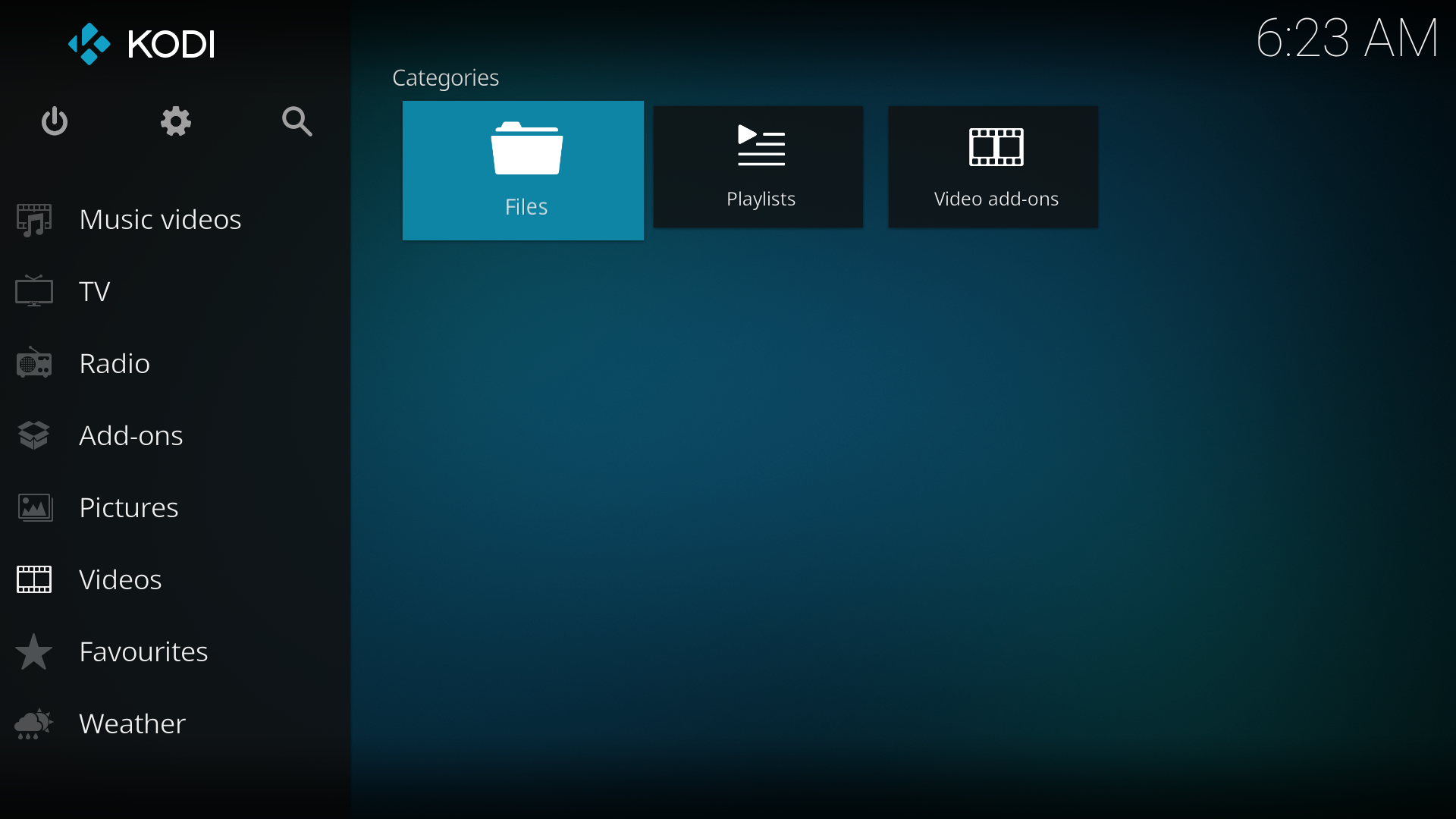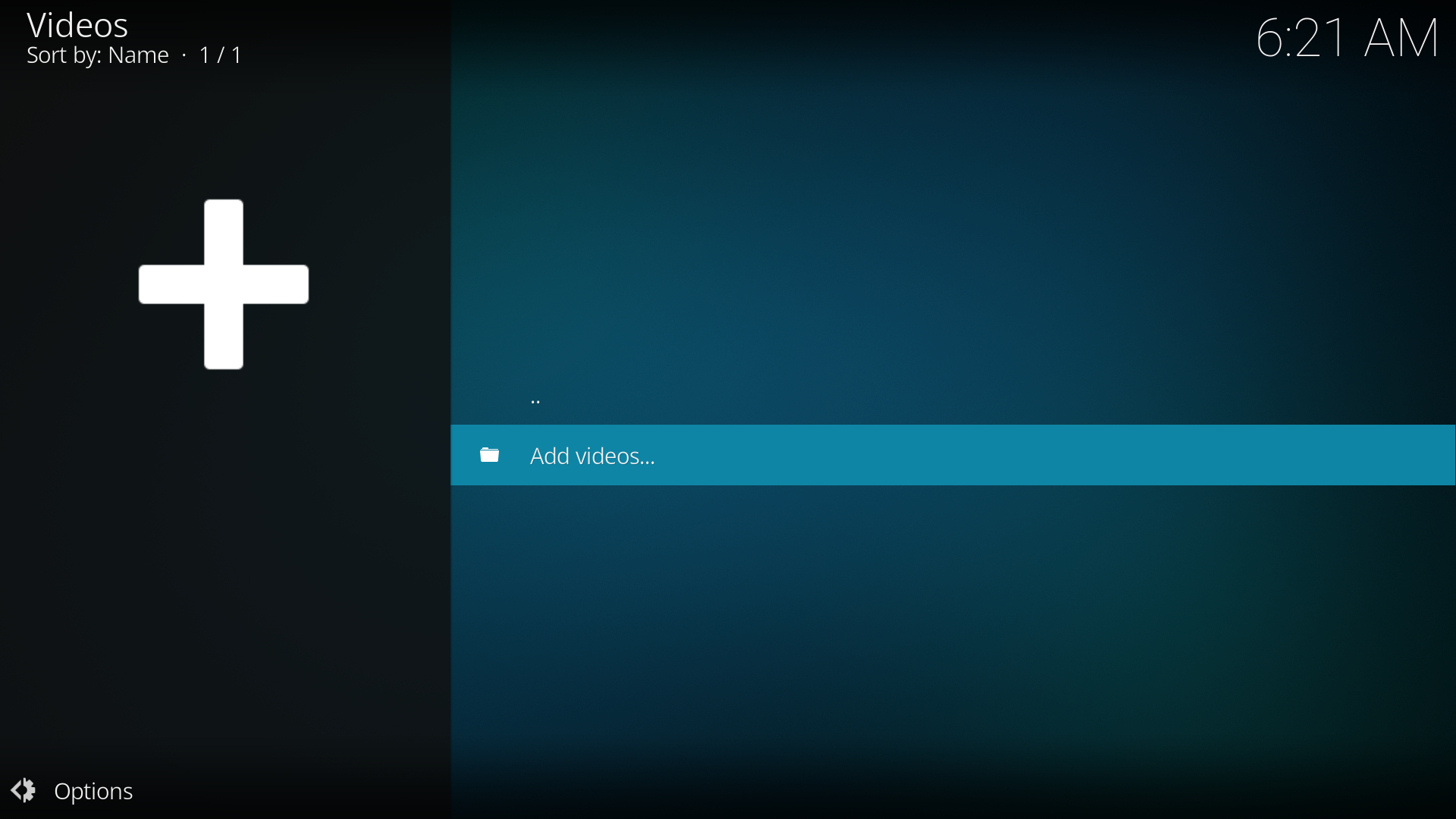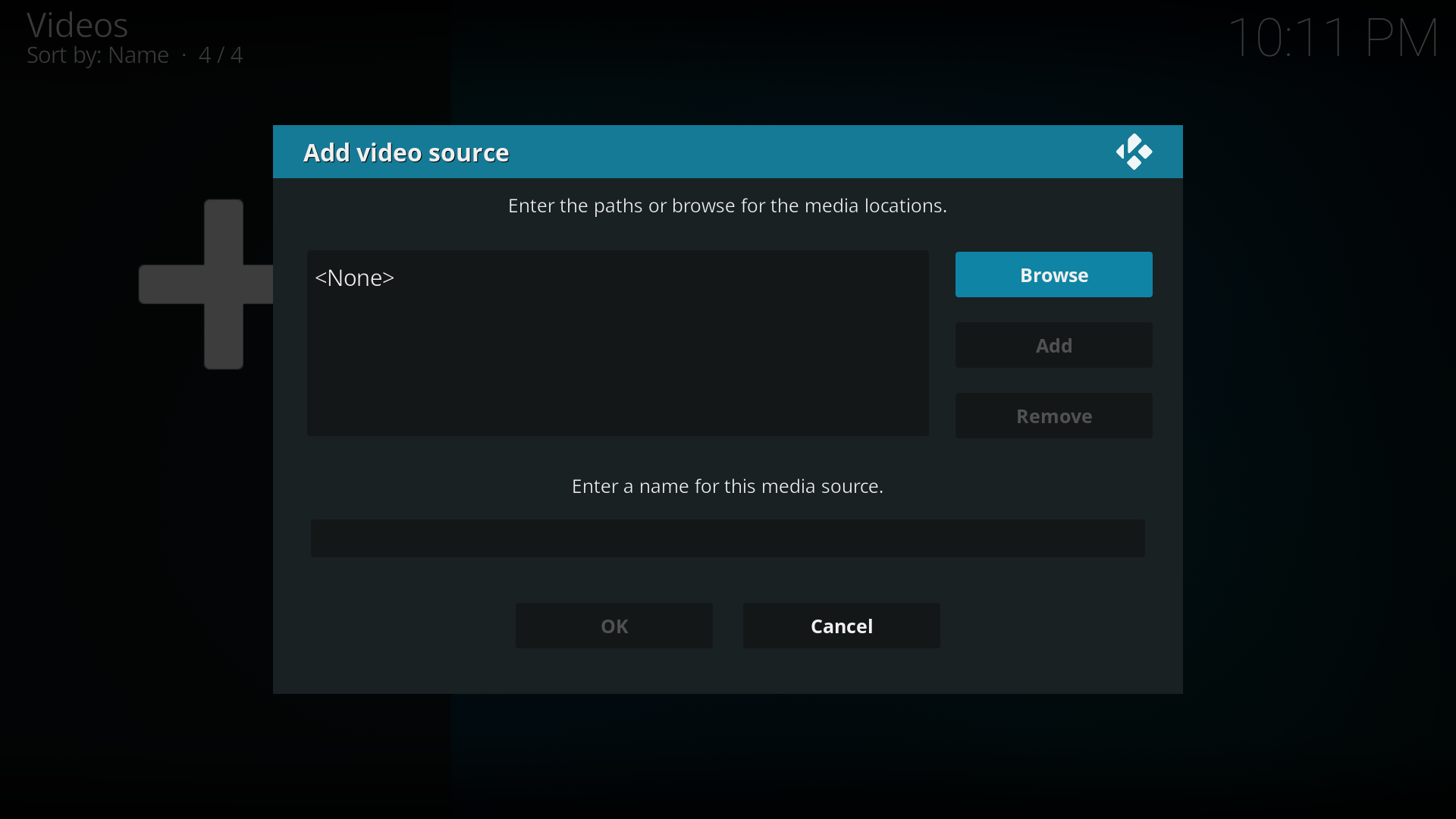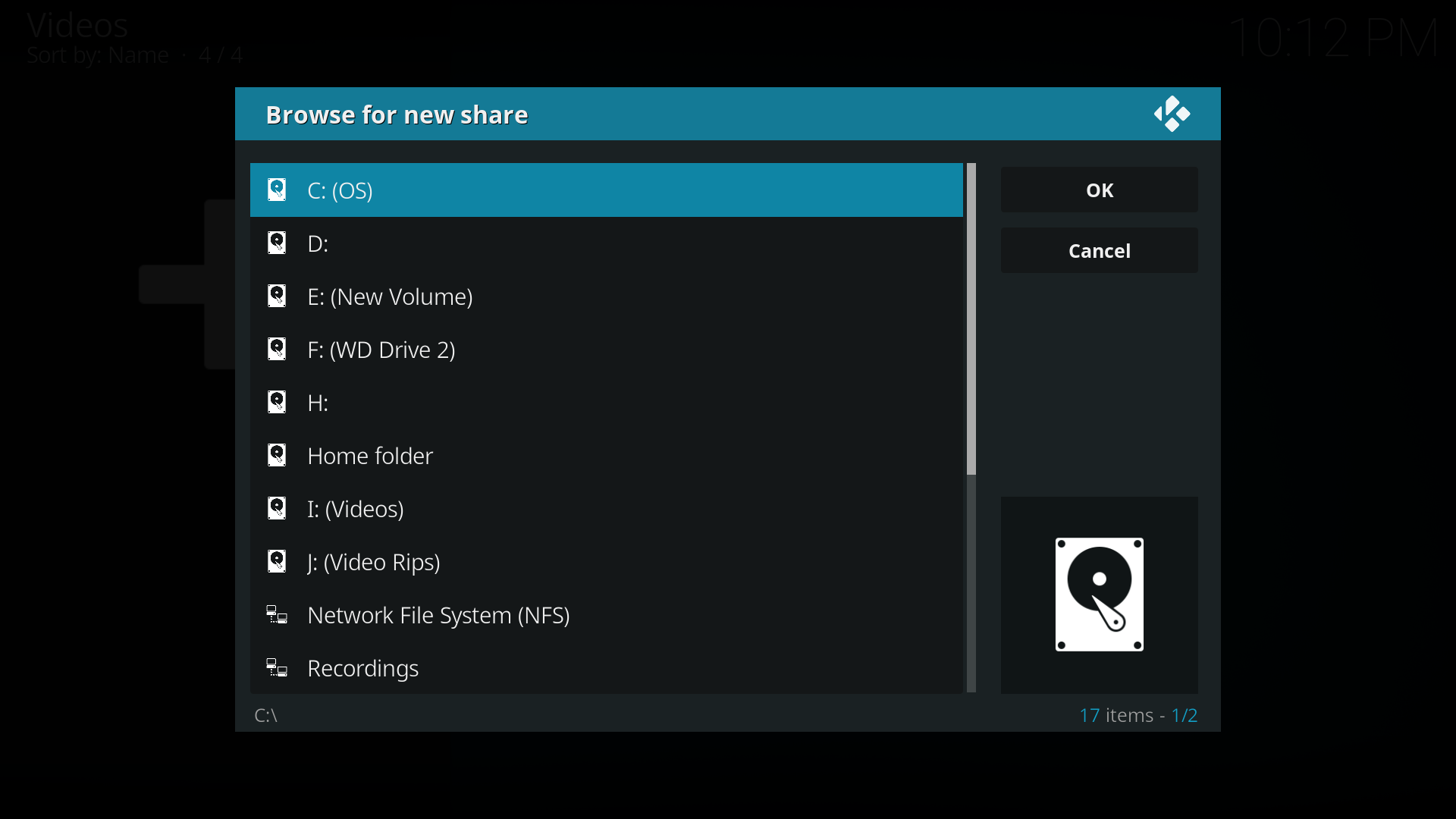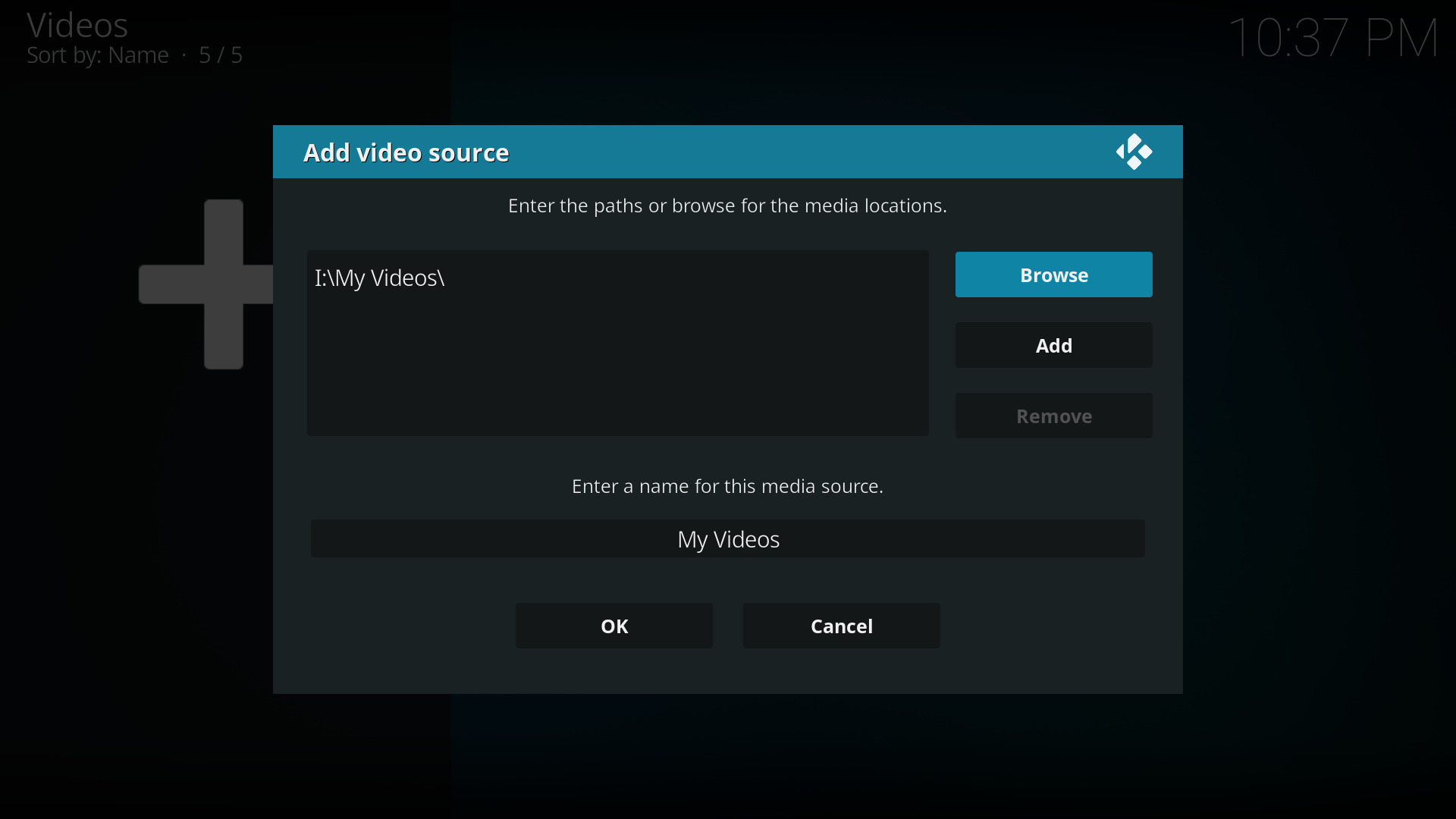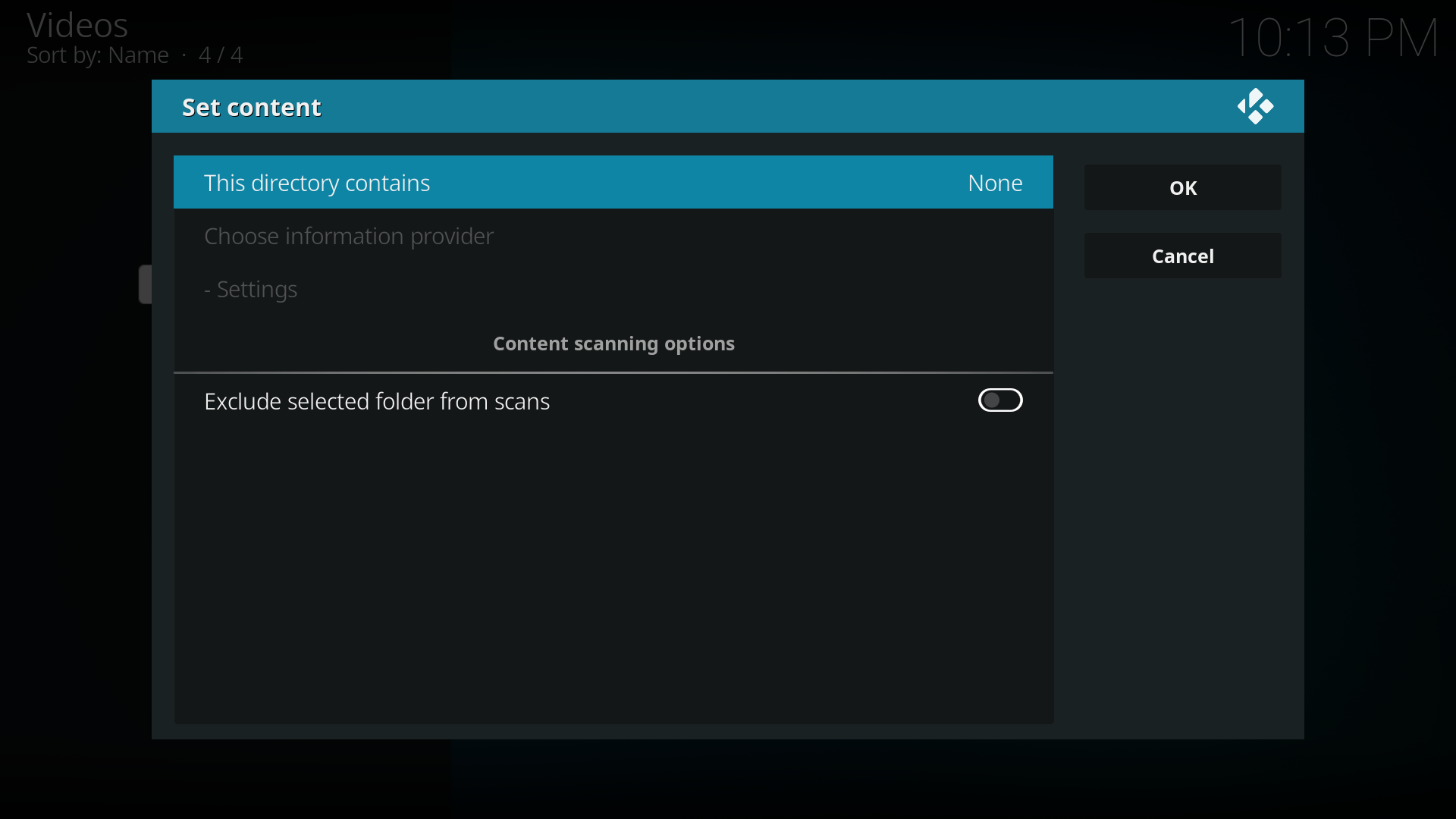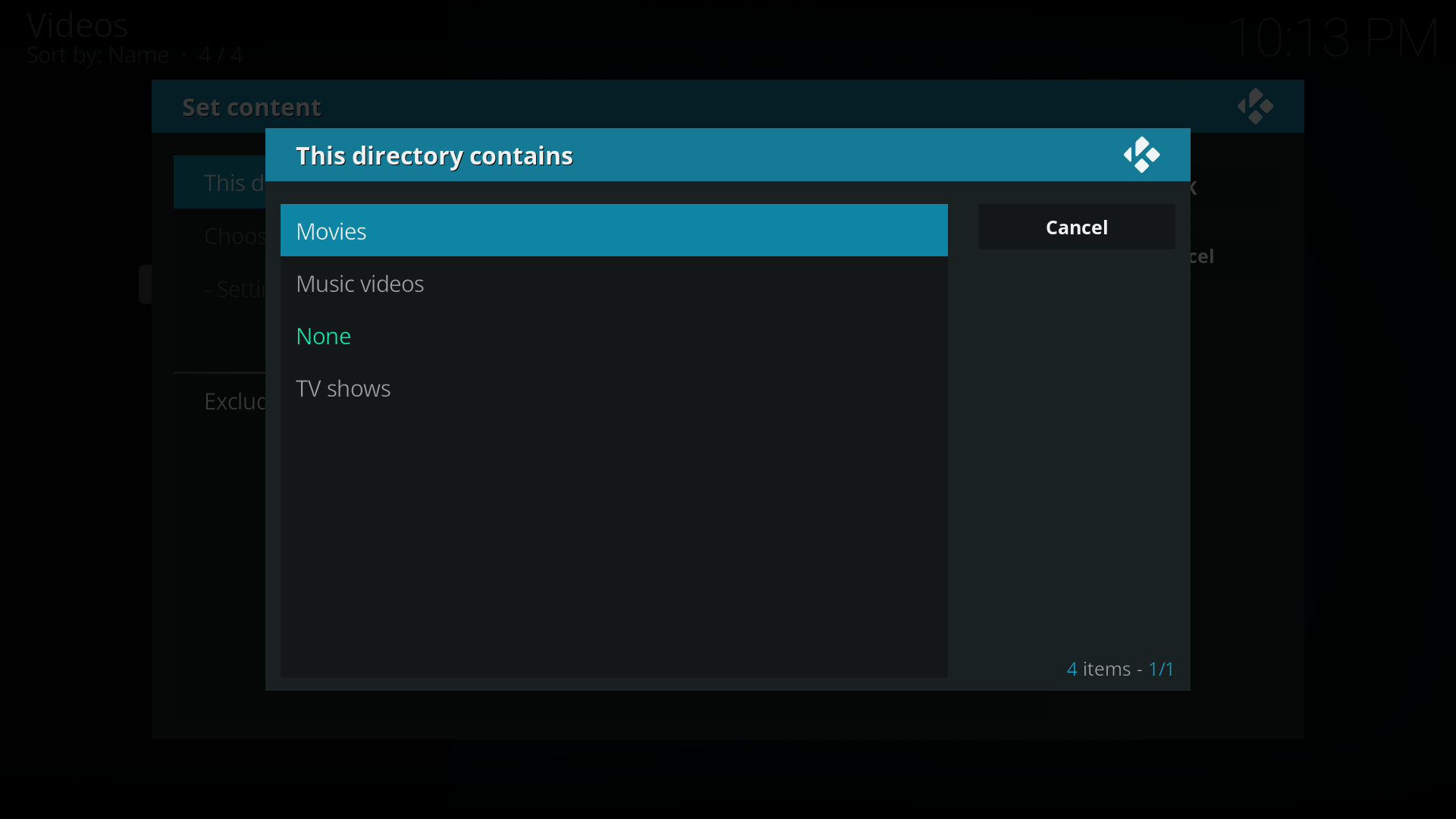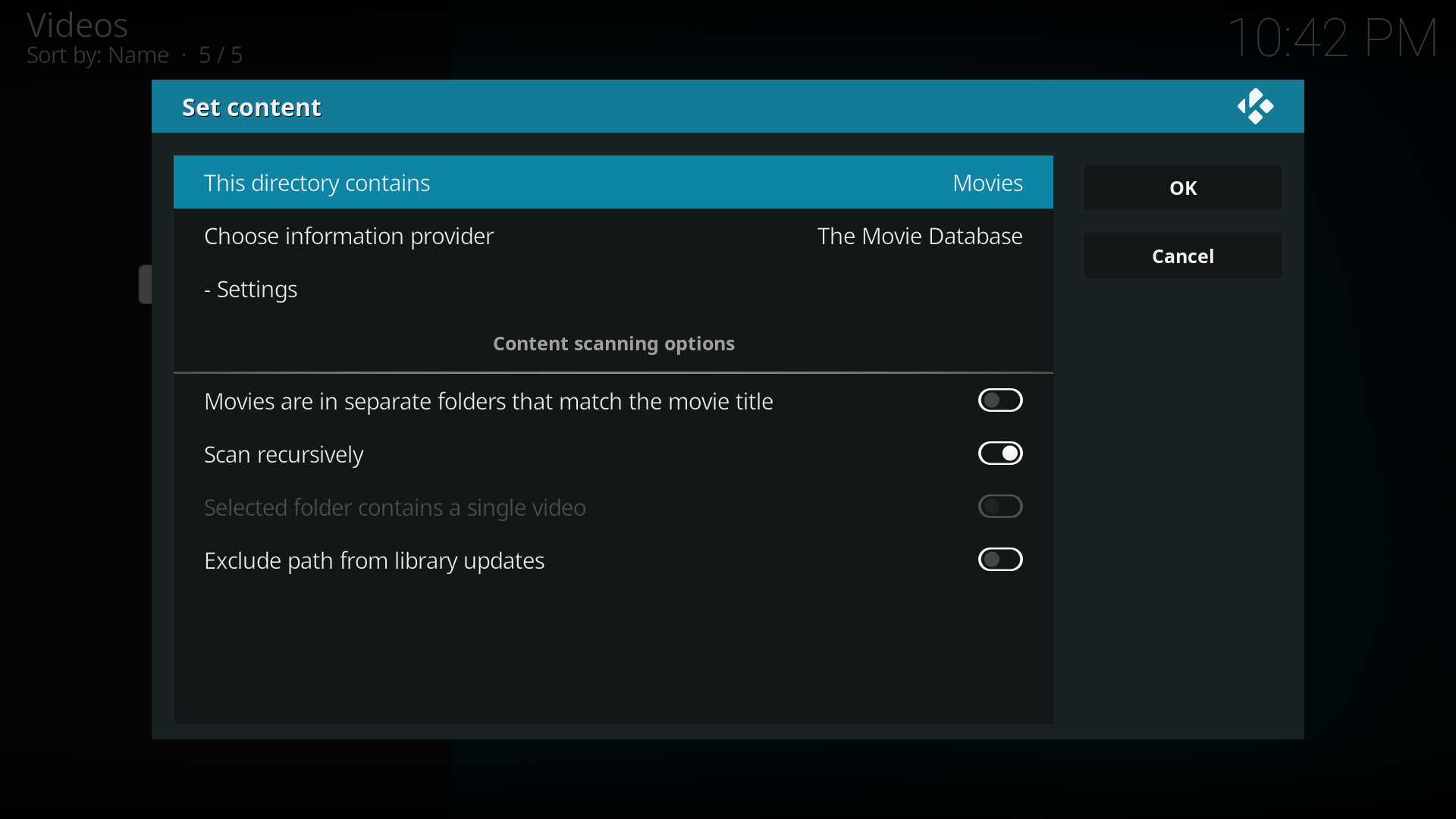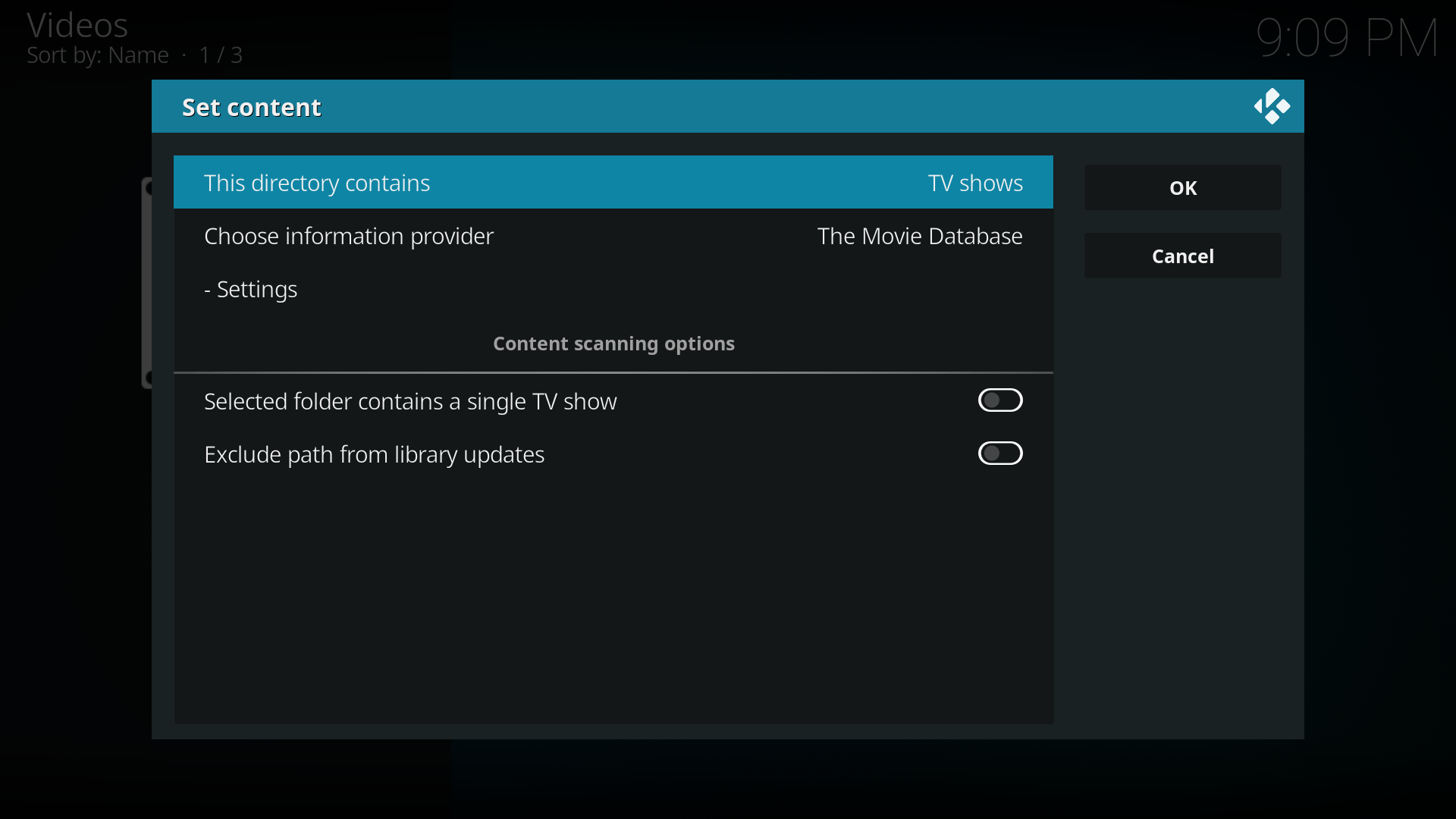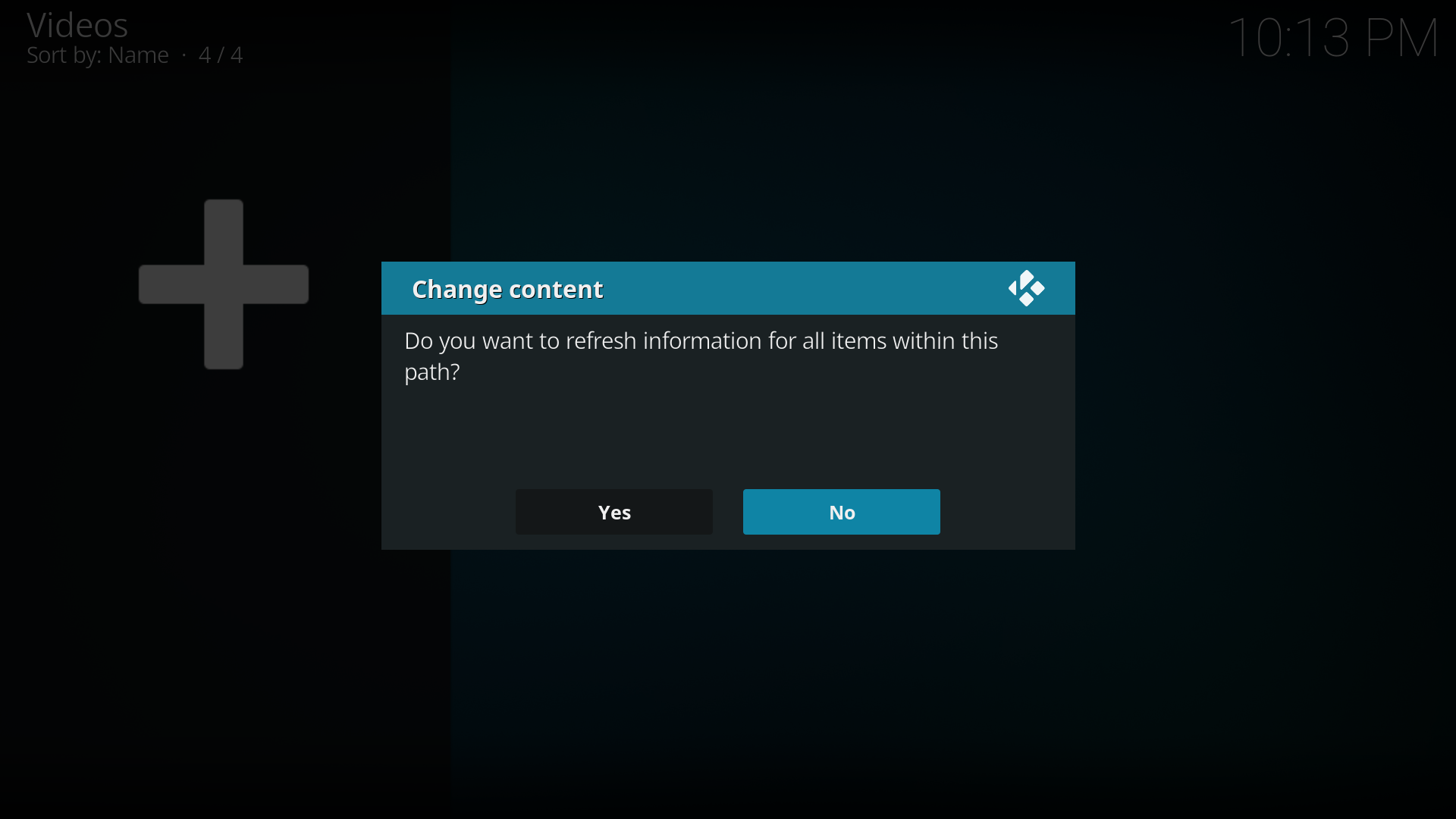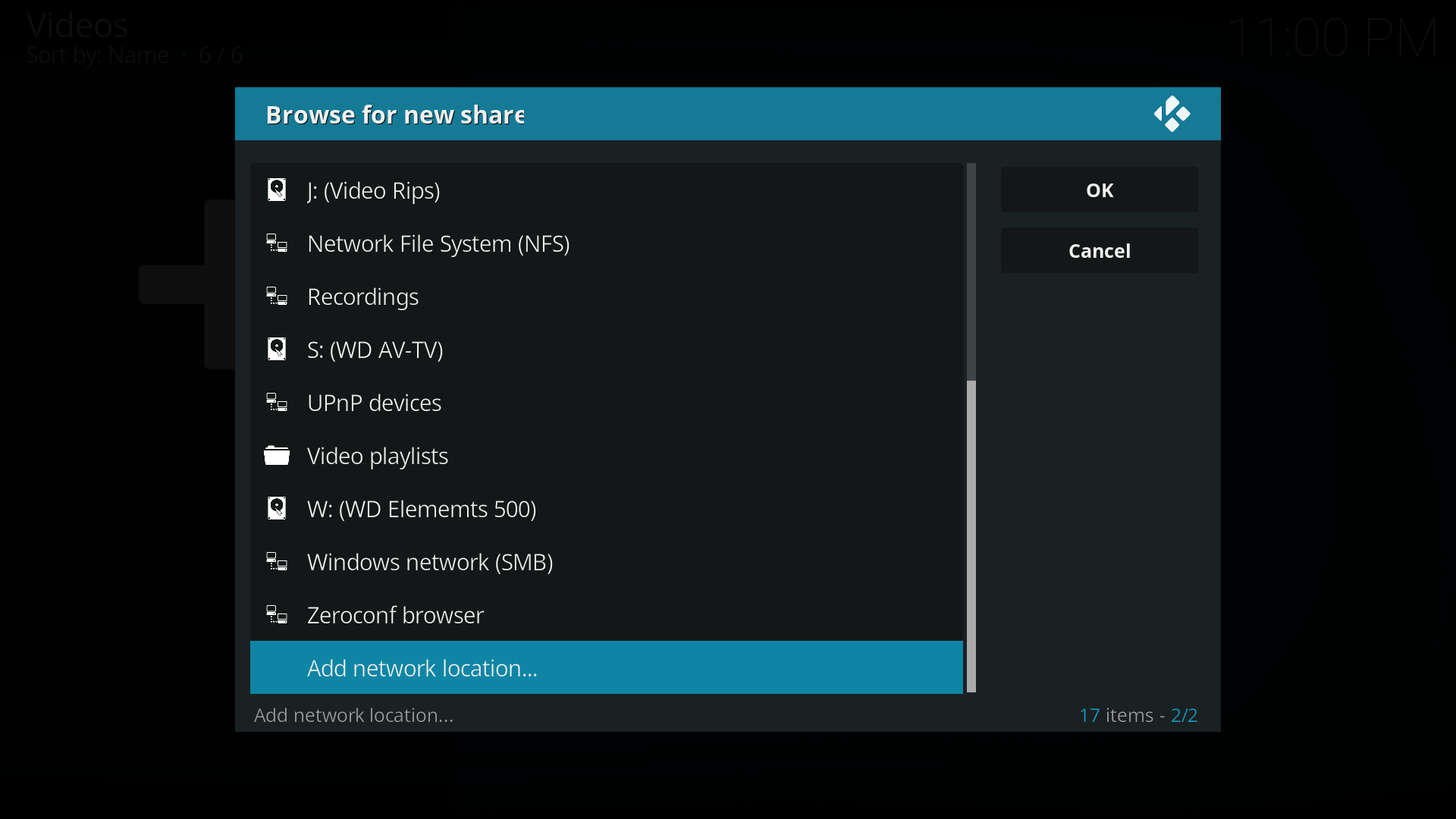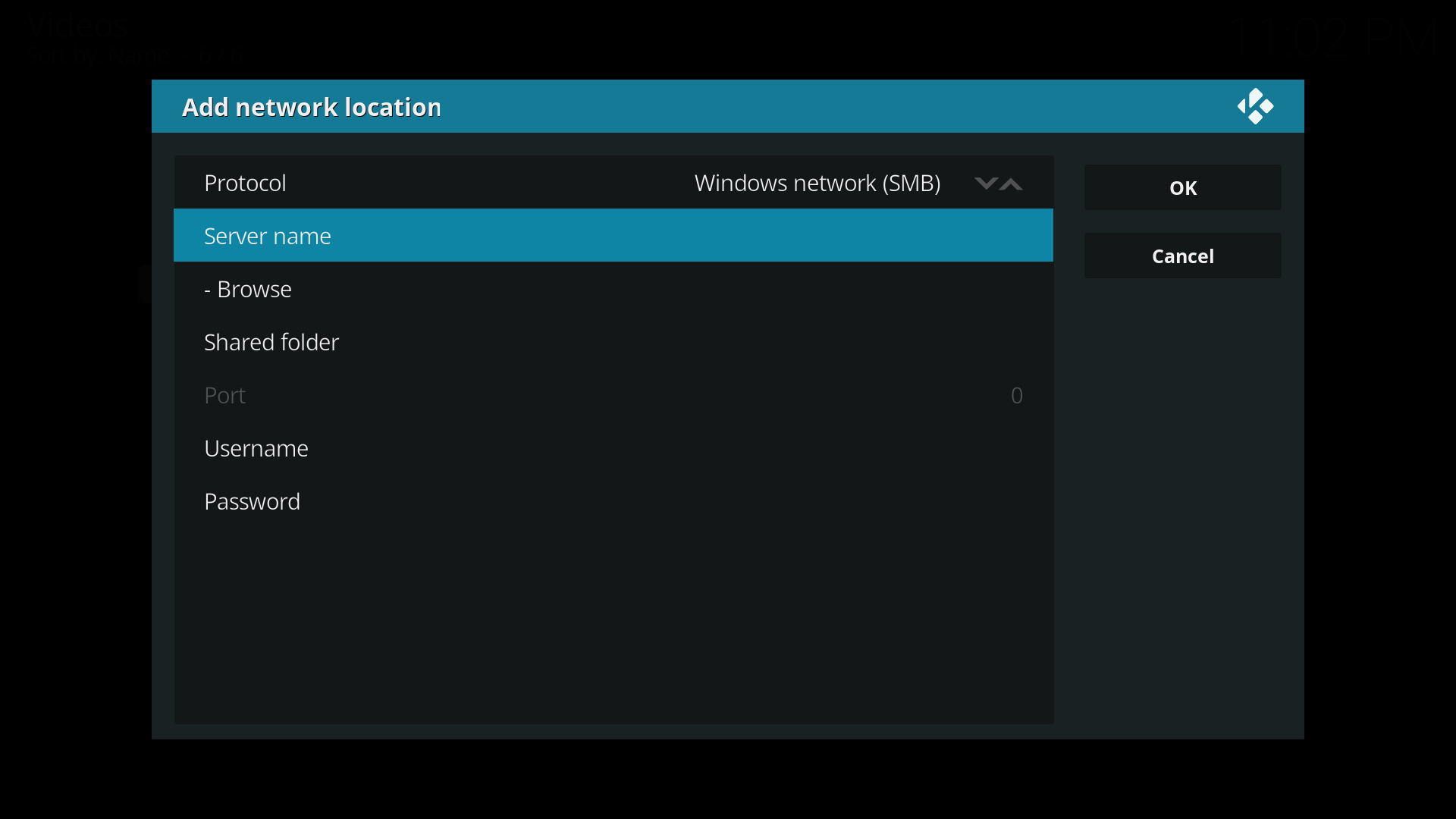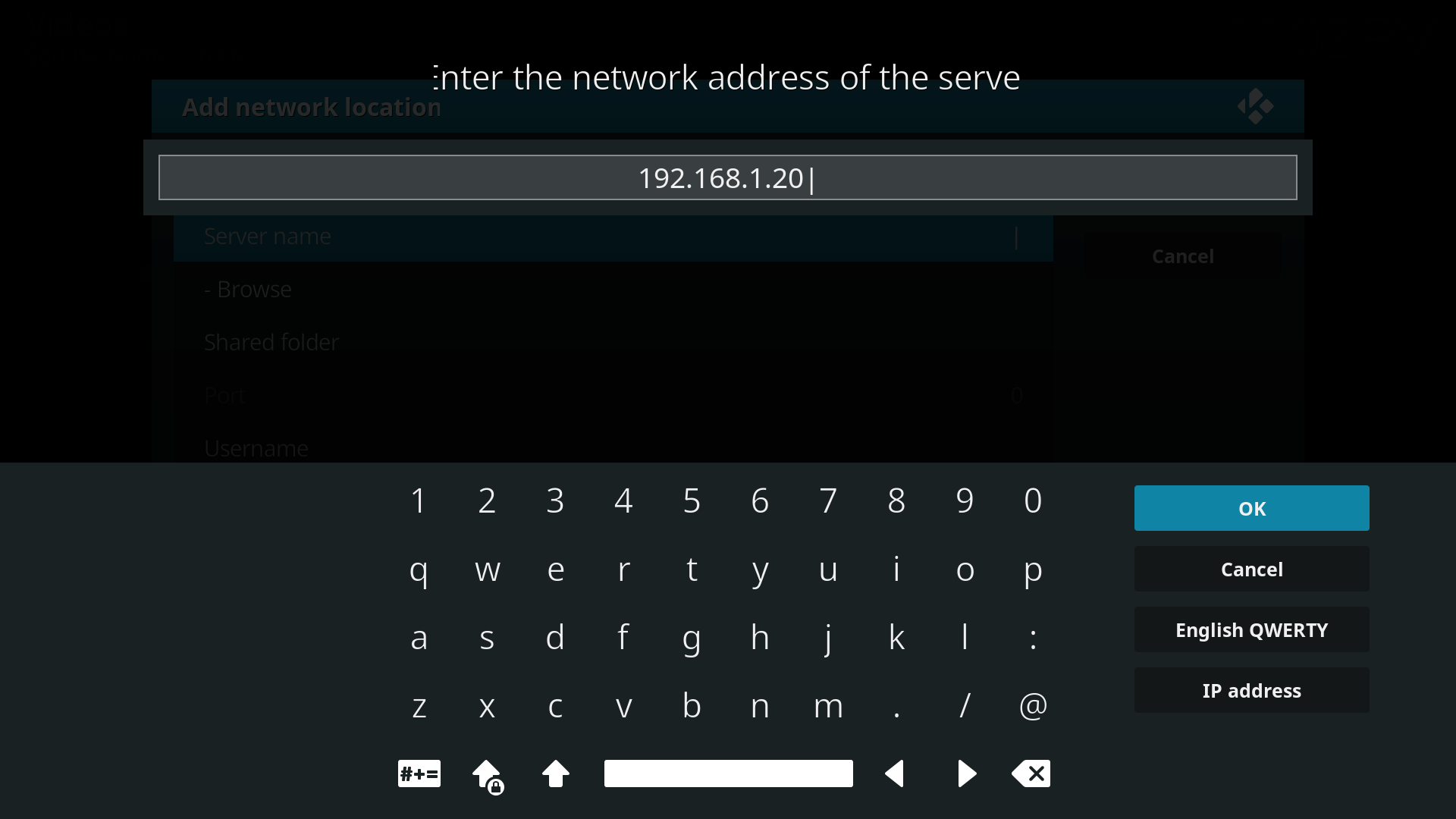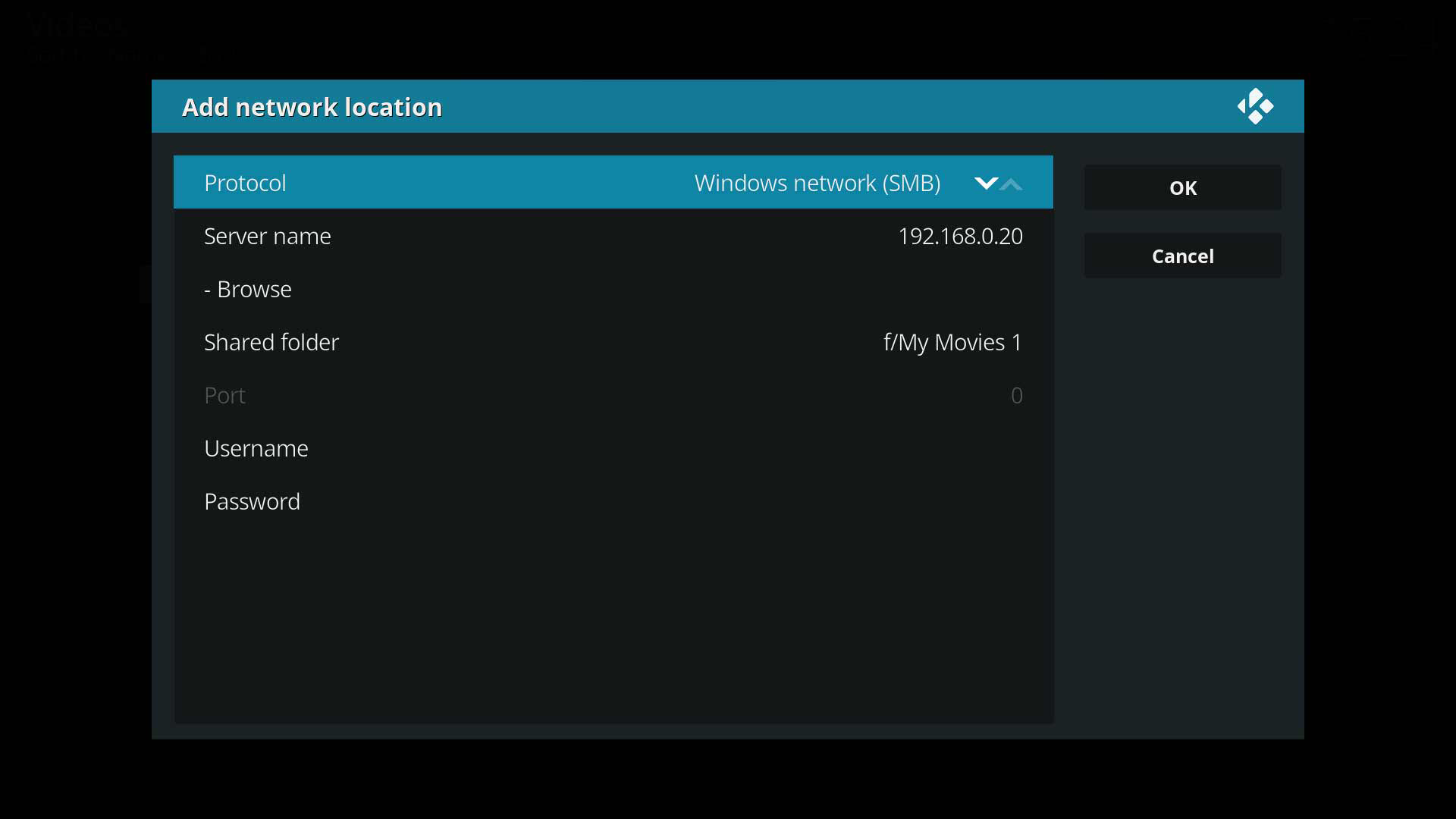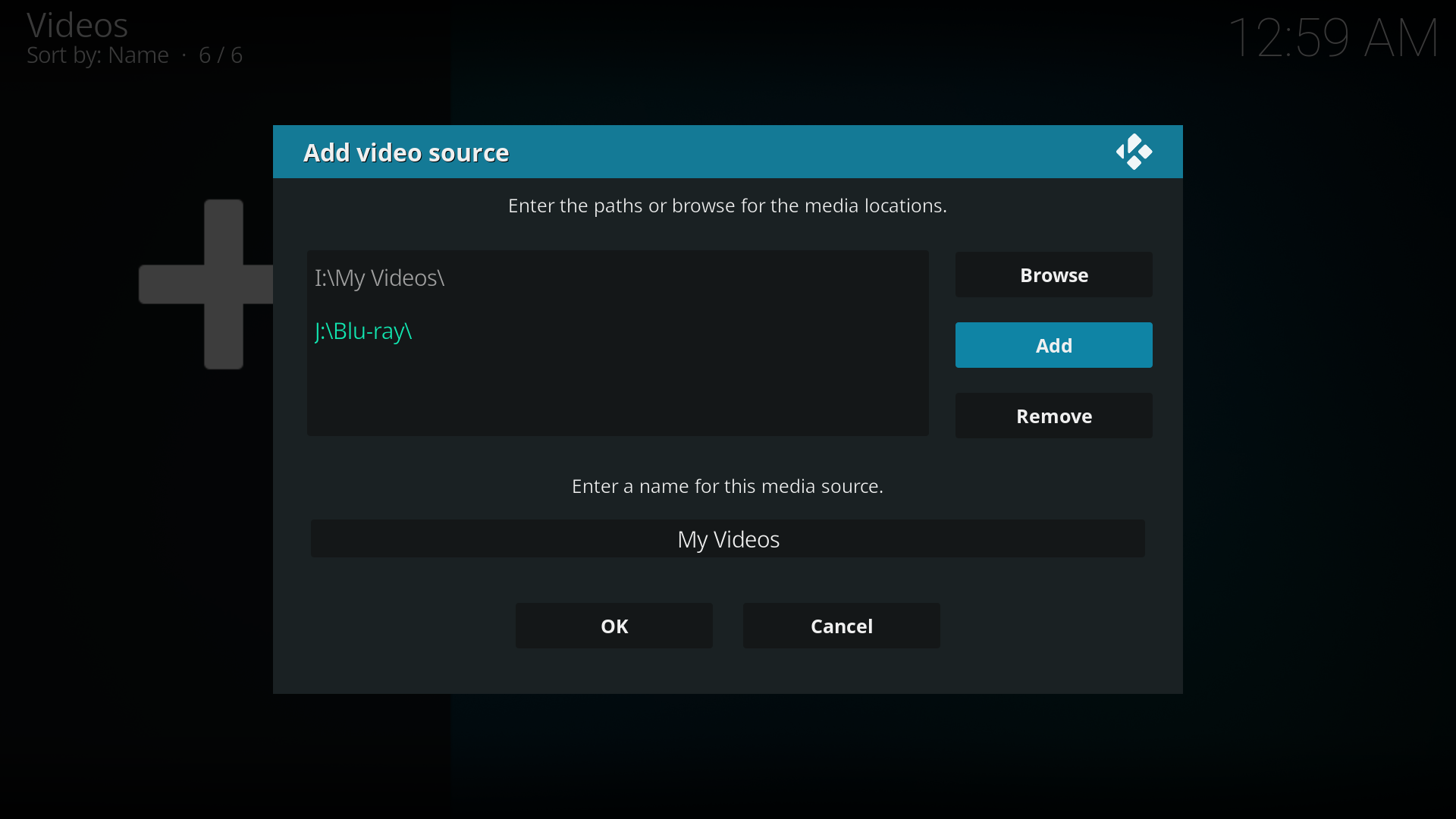Adding video sources
| Create Video Libraries |
| 1. The Basics |
| 2. Source Folder |
| 3. Movie Setup |
| 4a. TV Show Setup |
| 4b. Seasons Setup |
| 4c. Episodes Setup |
| 5. Music Videos Setup |
| 6. Add Source & Scrape |
| 7. Scraping Problems |
Introduction
The Source is the main folder on your hard drive which contains your collection of Movies or TV Shows or Music Videos or Music. These four classes of media cannot be mixed in the one Source. Once the Sources are set up, Kodi can perform the appropriate actions to display your media. There is no limit to the number of Sources that can be added to Kodi for each media class.
This step of the guide will enable you to complete the following actions:
- Adding Sources - Add the Source folder to Kodi
- Set Media Type - Advise Kodi what type of media is in the Source
- Scraper Settings - Advise Kodi which Information Provider (Scraper) to use and adjust the settings to your preferences
- Add to Library - Scrape (import) the media into the library
Each section is a direct continuation of the previous section, and only separated for clarity. Although the page looks complex, it is not. It is possible to perform the steps on this page in less than one minute once familiar with the process.
If you have come directly to this page without following the guide and are unsure of how to set up your Sources on your computer/NAS, skip back to Naming Video Files at the start of the guide.
UPnP does not work with the library features of Kodi (scanning data in like summaries and movie covers). It is recommended that you share your media using another protocol such as SMB
Scraper and Settings
The default scraper used by Kodi for TV Shows is the TheMovieDB-TV Shows. Other scrapers are available and can be found by searching the Kodi site here
- See: TheMovieDB
- See: TheMovieDB Add-on
Check the settings of the scraper are configured to your preference. The default settings are usually good enough, but you may have different preferences or needs.
When checking settings, ensure you access the scraper settings from the Context Menu of the TV Show Source. Accessing it through the add-ons menu only adjusts the default settings, and won't adjust settings on the currently active sources.
Note:
- TVDB was the default Kodi scraper until 19 November 2018 when the scraper changed to the current TheMovieDB-TV Shows scraper [1]. Due to a lack of communication from the TVDB, the high level of complaints on their forum, and the sudden changes to their API, it was deemed necessary to change provider to ensure a more stable user experience.
- Enable the setting Show empty TV shows in Settings > Media > Videos. This will make it easier to find tv shows in your library that failed the scraping process.
Adding Sources
Set Content
The left image is the Set Content screen for Movies. The right image is the Set Content screen for TV Shows. Continue these steps using the appropriate one, not both.
Step 9a: The Movie Database for movies is the default scraper and is automatically selected.
* Select Choose information provider to install another scraper if required
* For the Scraper Settings, see the next section Movie Scraper
* For the remaining settings see Movies- Content scanning options belowStep 9b: The Movie Database for TV Shows is the default scraper and is automatically selected.
* Select Choose information provider to install another scraper if required
* For the Scraper Settings, see the next section TV Show Scraper
* For the remaining settings see TV Show- Content scanning options below
- Movies- Content scanning options
- Movies are in separate folders that match the movie title
- If Enabled Kodi will use the folder name to scrape the movie
- Kodi will load NFO files from NFO files named movie.nfo, but will fallback to <videofilename>.nfo as required
- Kodi will load artwork files using the short format <artworktype>.jpg/png filenames, but will fallback to the longer <NameOfVideoFile>-<artworktype>.jpg/png format as required.
- If Disabled Kodi will use the filename to scrape the movie
- NFO files must be named the long format <MovieFileName>.nfo filename.
- Artwork files must be named using the long format <NameOfVideoFile>-<artworktype>.jpg/png filenames.
- Scan Recursively
- Used for deep folder structures such as when additional Genre or Movie Set folders are used. Will allow the video scanner to search deeper to find the playable file
- Selected folder contains a single video
- Normally greyed out unless you have selected a single movie folder within an existing source. Disabled when a Source is selected. Becomes Enabled when a Movie folder is selected.
- Exclude path from library updates
- Prevents the Source from being scanned when an Update Library is running. When Enabled it will speed up the Update Library process in large libraries if the Source no longer has content added to it.
- TV Show- Content scanning options
- Selected folder contains a single TV show
- Allows you to change the Content settings for a particular TV Show without affecting the entire Source. Disabled when a Source is selected. Becomes Enabled when a TV Show folder is selected.
- Exclude path from library updates
- Prevents the Source from being scanned when an Update Library is running. When Enabled it will speed up the Update Library process in large libraries if the Source no longer has content added to it.
Alternate scrapers are available, and can be installed using the Get More button from the Choose information provider option shown in Step 9. Only change the default scraper if you have a particular reason to.
Movie Scraper
From Step 9a above select Settings to access the settings page for the scraper
Add-on:The MovieDB
Press OK to accept the changes. The screen in Step 10 will be offered
TV Show Scraper
From Step 9b above select Settings to access the settings page for the scraper
Add-on:The MovieDB
Press OK to accept the changes. The screen in Step 10 will be offered
Add to Library
Once you press Yes, Kodi will scan your library and attempt to match each title in your library to the title at the site of the Information Provider. If a match is found, the metadata and artwork is downloaded and used for the library display. Depending upon the size of your library, this could take some time. A single movie could take approx 30 seconds, a library of 400 movies could take over an hour.
When the scraping process is complete, be sure to check the Event Log to view any titles that were not added to the library, which is normally due to incorrect naming. See... Scraping Problems
| Return to top |
|---|
Adding Remote sources
For details on the supported protocols and configuration
- See: File sharing
Follow the steps (above) for adding a source, but when you get to the 'browse' section (step 4 & 5), you need to do one of the following:
If your remote device is visible from one of the existing choices (e.g 'Network File system' , 'UPnP Devices' etc)
- Select a remote location, and you should be able to browse to the remote server.
If the device is not visible, or
- It is a remote NAS
- It is an SMB server
You will need to add a new network location:
Image 4-
4.1 In the Shared folder section, type in the name of the folder you wish to add. You will be required to add the drive letter eg f/Movies.
4.2 If your share requires a Username and Password enter them in the appropriate sections.
4.4 Select OK and your share should appear in the Browse for new share list shown in image 1
Making one source from multiple locations
You might notice that Kodi has an "ADD" button in addition to a "BROWSE" button when you are adding a source. After you add your first location, you can add a second location (network or local. you can even mix them) and Kodi will show both folders as a single folder/source.
Kodi will also combine the subfolders within the source/locations. For example, if you had a hard drive for TV shows, but ran out of space, you could make a second hard drive with the same folder paths and Kodi would merge them together to a single directory path. Such as
Hard drive 1/TV shows/Hard drive 2/TV shows/
and the same is true for an additional nested folder with the same way:
Hard drive 1/TV shows/American Dad/Hard drive 2/TV shows/American Dad/
You could have half of a show on one hard drive, half on another, and Kodi will show it to you as if it was in a single location by using multiple locations in a single source.
Note: This only impacts the basic "Files view". The default Library nodes will combine things by show even if their files are spread across multiple drives. Most users will not really benefit from using multiple paths in a single source.
Password protected sources
References
| Return to top |
|---|
| Next step: | Scraping Problems |

